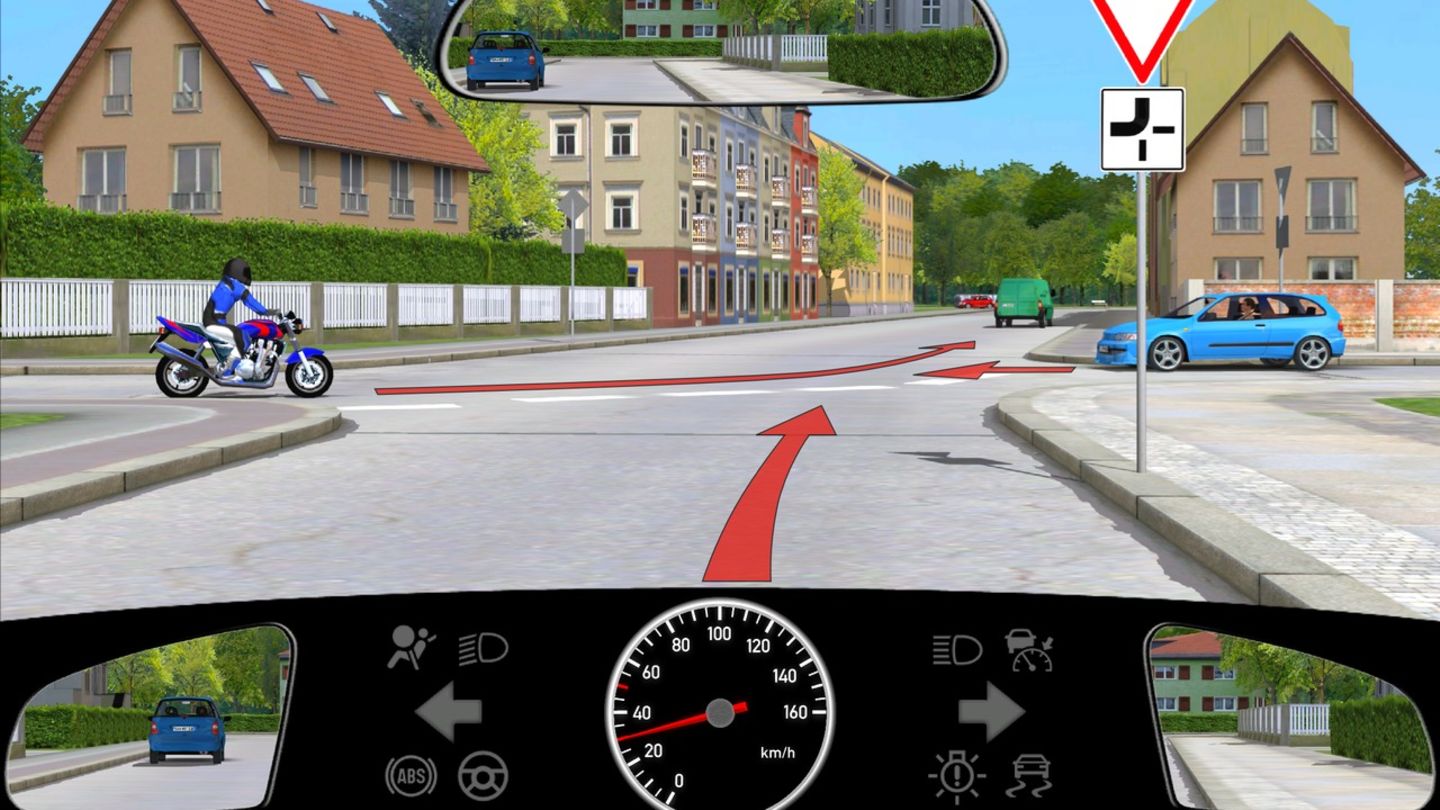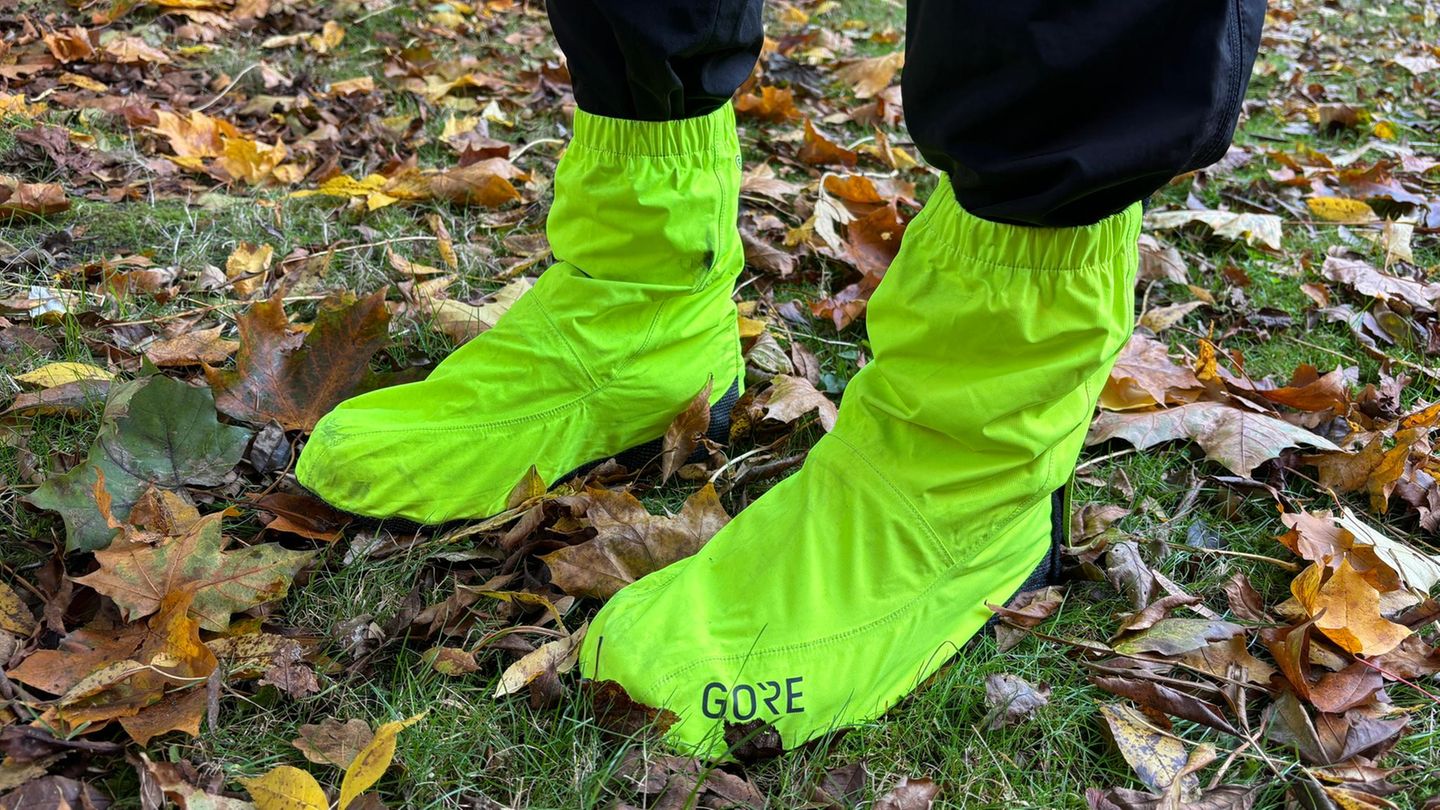Image: State of Upper Austria/Dedl
Steel city, smog in winter, “It stinks in Linz” – in recent decades the state capital has been given many characteristics that indicate a lack of environmental protection. “It was only in the 1990s that people began to deal intensively with preventive environmental protection in Upper Austria,” says State Environmental Councilor Stefan Kaineder (Greens).
The team from the Environment and Water Management Department, led by director Ulrike Jäger-Urban, has made a significant contribution to clean air in Upper Austria in particular: from 1977, the air measurement network in Linz was put into operation to measure data on sulfur dioxide and suspended dust. “The smog winter of 1984/85 in Linz should be mentioned as a negative milestone,” says Jäger-Urban. The situation was only improved by desulfurization systems in the large power plants or the Voest dust removal system. “There have been no more smog alarms since 1993,” says the director of environmental and water management for the state of Upper Austria, who is retiring on March 1st.
But the environmental and water management department didn’t just contribute to improving the air. The change in waste disposal in particular became apparent from the 1980s onwards. “Back then the picture was dominated by landfills full to the brim and waste scandals. Then the state of Upper Austria took the step towards a circular economy,” says Kaineder, emphasizing in particular the system of waste material collection centers, with which Upper Austria is seen as a role model beyond the state’s borders.
Joined the Climate Alliance in 1991
The climate change adaptation strategy, the initiative for bee-friendly communities and the unsealing of areas with its own funding program have been implemented in Upper Austria, among other things, since joining the climate alliance in 1991. “We have to be clear: the soil is no longer available, so we should handle it carefully,” says Jäger-Urban.
The issue of light pollution has also come into focus for several years. This is a major reason for the massive decline in insect and bird populations. “The key to climate protection is to give people a taste for an enjoyable, sustainable lifestyle,” says Kaineder.
My themes
For your saved topics were
new articles found.

info By clicking on the icon you can add the keyword to your topics.
info
By clicking on the icon you open your “my topics” page. They have of 15 keywords saved and would have to remove keywords.
info By clicking on the icon you can remove the keyword from your topics.
Add the topic to your topics.
Source: Nachrichten




